This is what I want to achieve:
I have tried it in plunkr, but unable to come up with the correct structure of data.
I have seen that it's possible in chart.js.
'use strict';
var app = angular.module('examples', ['chart.js', 'ui.bootstrap']);
app.controller('StackedBarCtrl', ['$scope', function ($scope) {
$scope.labels = ['Monday', 'Tuesday', 'Wednesday', 'Thursday', 'Friday', 'Saturday', 'Sunday'];
$scope.type = 'StackedBar';
$scope.series = ['2015', '2016'];
$scope.options = {
scales: {
xAxes: [{
stacked: true,
}],
yAxes: [{
stacked: true
}]
}
};
$scope.$on('chart-create', function(event, instance){
// used to obtain chart instance
$scope.chart = instance.chart;
});
$scope.onclick = function(elements,e)
{
// helper function that translates an event to a position in canvas coordinates
var pos = Chart.helpers.getRelativePosition(e, $scope.chart);
// inRange is the function on the chart element that is used for hit testing
var intersect = elements.find(function(element) {
return element.inRange(pos.x, pos.y);
});
if(intersect){
alert('You clicked ' + $scope.labels[intersect._index] + ' ' + $scope.series[intersect._datasetIndex]);
}
}
$scope.data = [
[65, 59, 90, 81, 56, 55, 40],
[28, 48, 40, 19, 96, 27, 100]
];
}]);
